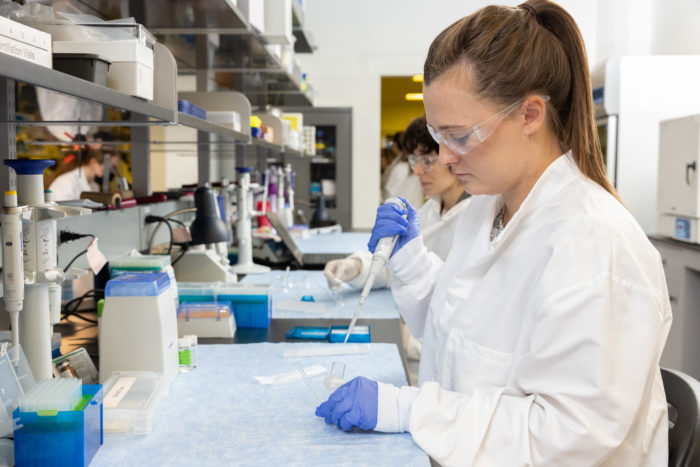It is well established that the performance of any topical or transdermal product is closely linked to the quantity and nature of excipients used to formulate the active ingredient. MedPharm’s industry-leading performance testing models provide our clients with the data needed to mitigate risk prior to reaching clinical trials.
These assays are consistently used to inform:
- API selection
- Formulation activity optimization
- Posology and dose regime
- Equivalence testing
- Marketing claim support
- Patent claims support
- Toxicity assessment

Find out more about our topical and transdermal services or reach out to our expert team to discover how our performance testing services could benefit your project.
Learn how IVPT and IVRT models can be used to demonstrate bioequivalence of topical generic drug products in our poster ‘Meeting the Draft Guidance for Bioequivalence for Topical Products’.

